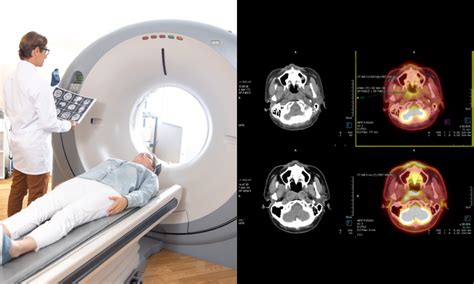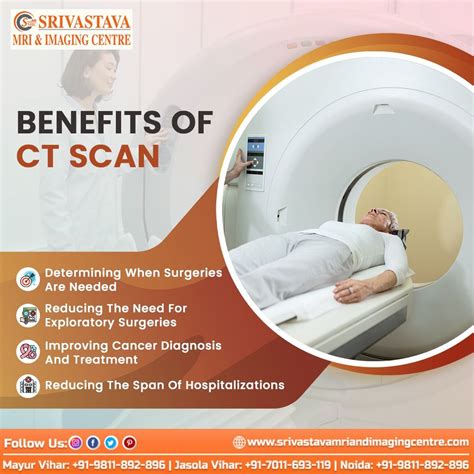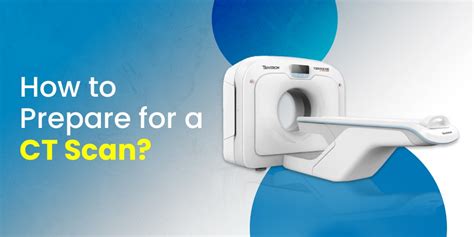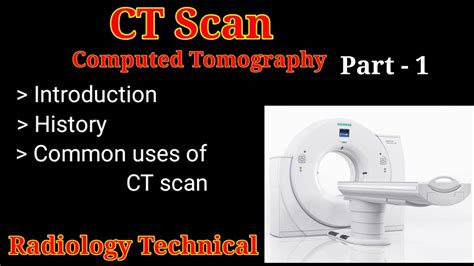Intro
Discover what a CT scan is, its uses, and benefits. Learn about computed tomography, diagnostic imaging, and medical scanning techniques for accurate health diagnoses.
Computed Tomography, commonly referred to as a CT scan, is a medical imaging test used to produce detailed cross-sectional images of the body. These images are used to help diagnose and treat various medical conditions. The importance of CT scans lies in their ability to provide high-resolution images of internal structures, allowing healthcare professionals to visualize the body's internal organs, bones, and soft tissues in great detail. This diagnostic tool has revolutionized the field of medicine, enabling doctors to make accurate diagnoses and develop effective treatment plans.
The use of CT scans has become increasingly widespread due to their versatility and accuracy. They are used to diagnose a wide range of conditions, including injuries, cancers, vascular diseases, and musculoskeletal disorders. CT scans are particularly useful in emergency situations, such as diagnosing internal injuries or bleeding, as they provide rapid and detailed images of the body's internal structures. Furthermore, CT scans are non-invasive, meaning they do not require surgery or the insertion of instruments into the body, making them a relatively safe and painless diagnostic tool.
The mechanism of CT scans involves the use of X-rays and computer technology to produce detailed images of the body. During a CT scan, the patient lies on a table that slides into a large, doughnut-shaped machine. The machine emits X-rays, which pass through the body and are detected by sensors. The sensors then transmit the data to a computer, which uses the information to create detailed cross-sectional images of the body. These images can be viewed on a monitor, printed, or stored digitally for future reference. The entire process typically takes only a few minutes, although the preparation time may vary depending on the type of scan and the condition being diagnosed.
How Ct Scans Work

CT scans work by using a combination of X-rays and computer technology to produce detailed images of the body. The process begins with the patient lying on a table that slides into the CT scanner. The scanner emits X-rays, which pass through the body and are detected by sensors. The sensors then transmit the data to a computer, which uses the information to create detailed cross-sectional images of the body. The computer uses a technique called tomography to reconstruct the images, which involves combining multiple X-ray images taken at different angles to create a detailed, three-dimensional picture of the body's internal structures.
The benefits of CT scans include their high resolution, speed, and non-invasive nature. They provide detailed images of the body's internal structures, allowing healthcare professionals to diagnose and treat a wide range of medical conditions. CT scans are also relatively safe, as they use X-rays, which are a form of low-energy radiation. However, as with any medical imaging test, there are some risks associated with CT scans, including exposure to radiation and the potential for allergic reactions to the contrast agents used to enhance image quality.
Types Of Ct Scans
CT scans can be categorized into several types, depending on the specific application and the body region being imaged. Some common types of CT scans include: * Head CT scans: used to diagnose conditions affecting the brain, such as stroke, trauma, and tumors. * Chest CT scans: used to diagnose conditions affecting the lungs, such as pneumonia, lung cancer, and pulmonary embolism. * Abdominal CT scans: used to diagnose conditions affecting the abdominal organs, such as liver disease, kidney stones, and appendicitis. * Pelvic CT scans: used to diagnose conditions affecting the pelvic organs, such as ovarian cysts, uterine fibroids, and prostate cancer.Benefits Of Ct Scans

The benefits of CT scans are numerous and well-documented. They provide high-resolution images of the body's internal structures, allowing healthcare professionals to diagnose and treat a wide range of medical conditions. CT scans are also relatively safe, as they use X-rays, which are a form of low-energy radiation. Additionally, CT scans are non-invasive, meaning they do not require surgery or the insertion of instruments into the body, making them a relatively painless diagnostic tool.
Some of the key benefits of CT scans include:
- High-resolution images: CT scans provide detailed images of the body's internal structures, allowing healthcare professionals to diagnose and treat a wide range of medical conditions.
- Speed: CT scans are relatively quick, with most scans taking only a few minutes to complete.
- Non-invasive: CT scans do not require surgery or the insertion of instruments into the body, making them a relatively painless diagnostic tool.
- Safety: CT scans use X-rays, which are a form of low-energy radiation, making them relatively safe for patients.
Risks And Side Effects
While CT scans are generally safe, there are some risks and side effects associated with their use. These include: * Radiation exposure: CT scans use X-rays, which are a form of low-energy radiation. Exposure to radiation can increase the risk of cancer and other health problems. * Allergic reactions: Some patients may be allergic to the contrast agents used to enhance image quality. These reactions can range from mild to severe and may include symptoms such as hives, itching, and difficulty breathing. * Kidney damage: The contrast agents used in CT scans can cause kidney damage in some patients, particularly those with pre-existing kidney disease.Preparation For A Ct Scan

Preparation for a CT scan typically involves several steps, including:
- Removing jewelry and clothing: Patients are typically asked to remove any jewelry or clothing that may interfere with the scan.
- Changing into a gown: Patients are usually given a gown to wear during the scan.
- Removing metal objects: Patients are asked to remove any metal objects, such as glasses, dentures, or hearing aids.
- Fasting: Patients may be asked to fast for a certain period before the scan, depending on the type of scan and the condition being diagnosed.
What To Expect During A Ct Scan
During a CT scan, patients can expect the following: * To lie on a table: Patients will be asked to lie on a table that slides into the CT scanner. * To remain still: Patients will be asked to remain still during the scan, as movement can blur the images. * To hold their breath: Patients may be asked to hold their breath for a few seconds during the scan, as movement can blur the images. * To receive contrast agents: Patients may be given contrast agents to enhance image quality.Common Uses Of Ct Scans

CT scans have a wide range of applications in medicine, including:
- Diagnosing injuries: CT scans are often used to diagnose injuries, such as internal bleeding or fractures.
- Diagnosing cancers: CT scans are used to diagnose and stage cancers, including lung, liver, and pancreatic cancer.
- Diagnosing vascular diseases: CT scans are used to diagnose vascular diseases, such as atherosclerosis and aneurysms.
- Diagnosing musculoskeletal disorders: CT scans are used to diagnose musculoskeletal disorders, such as osteoarthritis and fractures.
Future Developments In Ct Scan Technology
The technology behind CT scans is constantly evolving, with new developments and advancements being made regularly. Some of the future developments in CT scan technology include: * High-resolution imaging: New CT scanners are being developed that can produce even higher-resolution images, allowing for more accurate diagnoses. * Faster scanning times: New CT scanners are being developed that can scan patients faster, reducing the time it takes to complete a scan. * Lower radiation doses: New CT scanners are being developed that use lower radiation doses, reducing the risk of radiation exposure to patients.Conclusion And Final Thoughts

In conclusion, CT scans are a powerful diagnostic tool that has revolutionized the field of medicine. They provide high-resolution images of the body's internal structures, allowing healthcare professionals to diagnose and treat a wide range of medical conditions. While there are some risks and side effects associated with CT scans, the benefits far outweigh the risks. As technology continues to evolve, we can expect to see even more advancements in CT scan technology, including higher-resolution imaging, faster scanning times, and lower radiation doses.
We invite you to share your thoughts and experiences with CT scans in the comments below. Have you or a loved one had a CT scan? What was your experience like? Do you have any questions or concerns about CT scans? Share your story and let's start a conversation.
What is a CT scan?
+A CT scan, also known as a computed tomography scan, is a medical imaging test used to produce detailed cross-sectional images of the body.
How do CT scans work?
+CT scans work by using a combination of X-rays and computer technology to produce detailed images of the body.
What are the benefits of CT scans?
+The benefits of CT scans include high-resolution images, speed, non-invasive nature, and safety.
